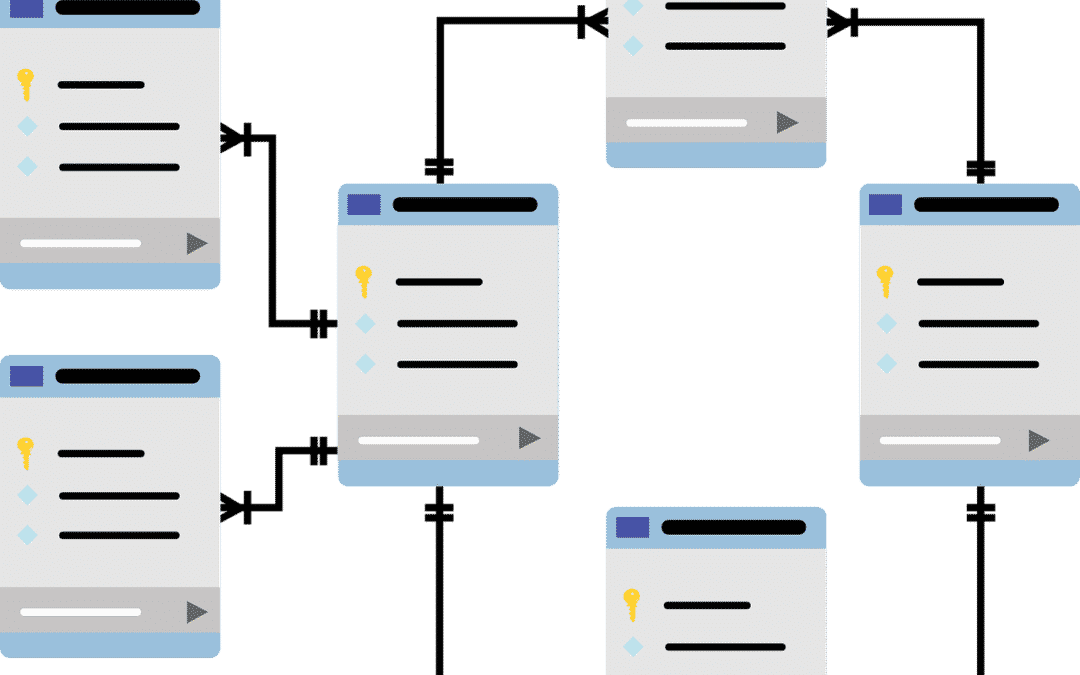Virtual communication has been the name of the game just recently, and marketers are doing more digital outreach than ever before. The heavy reliance on digital channels raises concerns: Are we providing a great customer experience? Are we doing whatever we can to efficiently execute digital techniques?
Companies should communicate with potential customers and clients in a compelling manner in which provides a great customer experience, else they run the risk of getting lost in the digital mix. But you may be having a hard time to determine how to do that, because opportunities for personal connection, such as trade shows, are no longer readily available. Or you might be questioning how you can help your consumers make that change.
Here are five actions important for a successful digital communication procedure.
Lesson 1: Automation is not Loss of Control
A human element is what makes automation an effective method. With the right tools, you specify the technique, and technology handles the execution. You’re able to designate more energy and time to prospecting, while automation is there to manage your pipelines and make meaningful connections with your customers.
You make the guidelines: If the consumer does X, the response is Y. The system uses and collects data on what happens, what it does, and on what it finds out. A single human or group will struggle to analyze each signal and react to every request, but automation allows for that and scales up your capability to provide a terrific client experience.
Lesson 2: Meet Customers Where They Are
Personalization is no longer optional; it is vital. You need to understand who your clients are and what they require. Plus, you have to meet them where they are on their buying journey. If your communication is out of sync, or if you reach out to them about buying an item they already have, your business loses credibility.
One of the most ignored opportunities in customer relations is post-sale engagement. The way you deal with customers once they buy is how they will remember you, and this necessitates preserving favorable customer engagements after each sale. Most of us have had at least one negative post-sale experience after making a purchase. Companies who send out requests to evaluate an item that customers have not yet received demonstrate to their customers that their automation is faulty, and that weakens trust.
While it may seem like a no-brainer, intentional action is needed for good digital communication. If a sales group sends out an email customized for a subset of its audience out to its entire database, they reveal that the group wasn’t deliberate in its targeting and so creates an unfavorable impression. Avoid such cringeworthy mistakes by knowing your audience and specifically tailoring your personalization.
Lesson 3: Consider the Skill Sets of Your Customers
Another key to achieving terrific customer relations is comprehending your clients’ skill set. The way consumers use your services or your item, or any features that they might be interested in, can tell you a lot about them.
Some customers may not be knowledgeable or interested in certain products or services, while other clients will be fairly knowledgeable. Meanwhile, other prospective clients will still be finding out and learning more about your services, and will require help along the way.
How you approach setting your customers up for success depends upon where they are on their journey, and your data and information can assist you pinpoint their place in your sales pipeline.
Lesson 4: Be Sensitive to Business Environments
At the moment, the COVID-19 pandemic is the main factor driving numerous company changes. Already, over 100,000 small companies have completely closed. Those still standing are quickly increasingly reliant on digital channels to reach out to customers, which creates need for greater customer assistance.
This is particularly true if you offer products and locate customers through digital outreach. Anyone who was not utilizing digital channels for outreach and customer engagement prior to the pandemic has had to rapidly adjust and digitally change in order to make it through the COVID-19 crisis. Those consumers are depending on you to provide guidance, so your interaction needs to be relevant, efficient, and thoughtful.
Future situations are likely to similarly shake up and change business environments. They key is to be sensitive to and to recognize these changes in business environments early and to be the first to capitalize on them.
Lesson 5: Drop the Marketing and Speak to the Customer
Do not make the error of approaching digital interaction like a product evangelist. You should not be focusing only on how fantastic your product is and stressing all its cool features and capabilities. While you should obviously think about what product you are offering, customers do not care only about your product per se but they also want their issues fixed and their tasks done more effectively. Sales is about connecting these two realities to show your customers how your product or service is the solution or an efficiency improvement to their issues.
While the quality of good advertising copy is typically underestimated, good advertising copy should be top concern in crafting your messaging. In digital communication, respect readers’ time by aiming to grab their attention quickly with short, succinct text. Move and influence readers by speaking their language and concentrating on their issues.
The COVID-19 pandemic has increased dependence on digital communication, but it does not present a new challenge for marketing and sales.
Conclusion
The best opportunity to assess your digital marketing strategy and enhance digital customer relations and experiences is right now. With customization, automation, and the right mindset, you can virtually get in touch with customers in a more significant, positive way.


